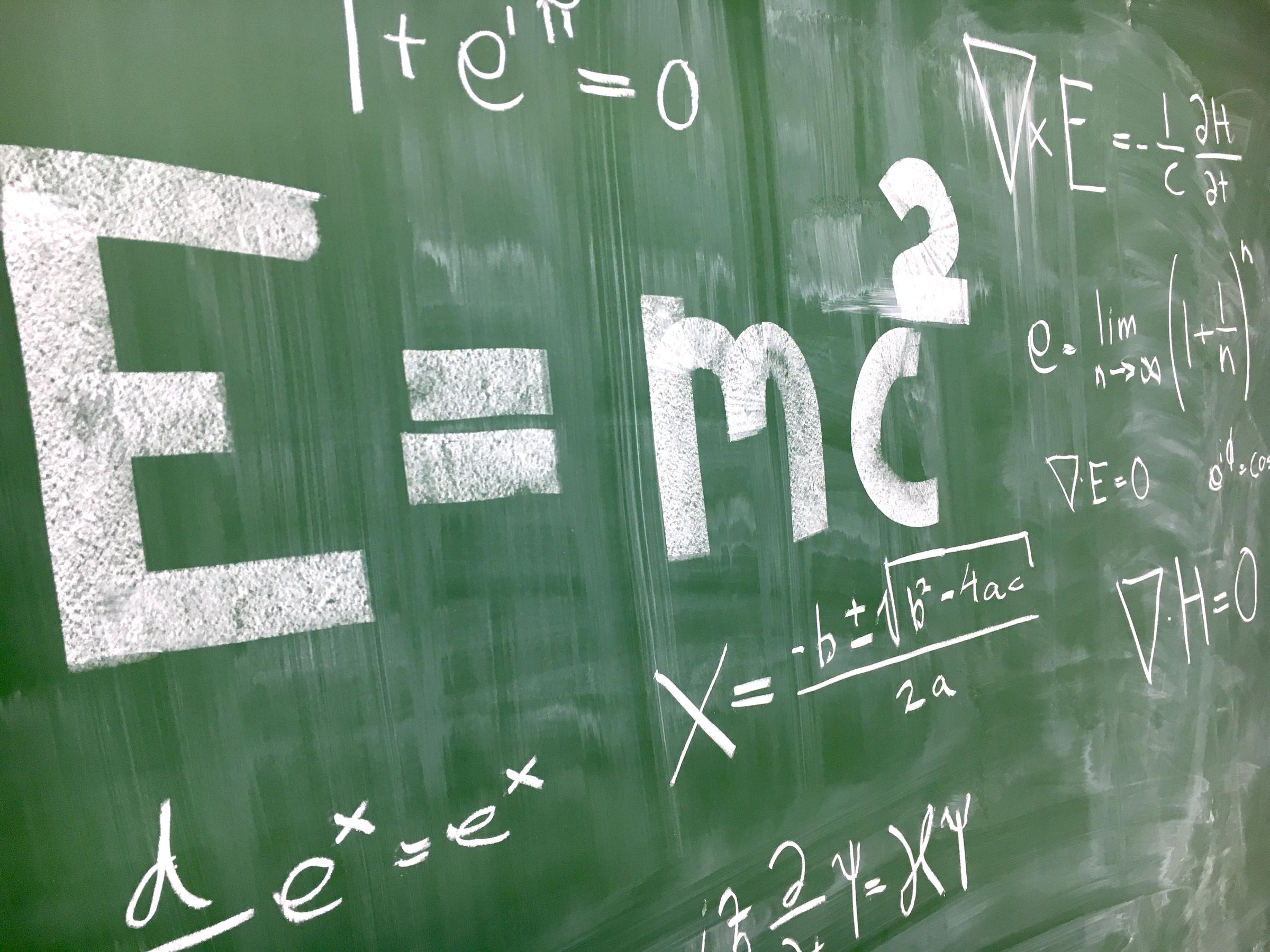Numeracy
Alice Hamilton

Numeracy
Alice Hamilton
Becoming a parent has meant that my picture book knowledge has expanded quite a bit over the last (almost!) two years. Each night, we grab a book to read altogether although often my daughter will read to herself in her made up language! As we read, I’m always looking out for ways picture books can be used as a tool in a maths class. I’m looking for a book that could make maths come to life.
When someone explains a concept to me, often I need some context to help me understand what this means. This concept helps me contextualise the information and helps me to process it better. Students are often the same.
In an excellent podcast with Dr. James Russo, he speaks about the need for a narrative to help students build on their understanding of a maths concept. The host of the podcast, Allan Douglas from AAMT, says that when you walk into an Art class, students know they’re making art for a purpose (enjoyment, to share a message, to make something) or during a writing lesson, students know they are writing for the purpose of, for example, finishing their comic book. Whereas in maths, sometimes that connection to a ‘narrative’ or real life concept can be missing, which then makes the concept feel like it isn’t anchored in any purpose.
I often remember in high school thinking “when will I ever use algebra!”, because for me, there was no real life connection I could attach to it. Whereas when I was in my Literacy lesson, I knew the purpose was to have a deeper understanding of books.
In the podcast , Dr Russo gives an example of how tapping into a student's interests can spark a love of maths. Dr. Russo’s brother created maths electives at his school and students then chose a topic they enjoyed like basketball or dance. That became the vehicle for teaching maths. For example, students were looking at free throws shot overarm or underarm and which one led to the most goals scored. Students collected data on what throw would be better (under or over arm) and then graphed the data they collected. Because there was such a strong connection between real life (and something students loved!) with maths, it meant that when a student was looking at free throw percentages during a basketball game they were watching outside of school, it made them motivated to tap into the maths, despite not being in the classroom!
So, where do picture books fit into this conversation? Children love reading and picture books can be a lovely vehicle to help tap into the maths. They have a narrative that children can connect and this narrative can help bring maths to life.
Below are some great picture books that cover some mathematical concepts. These stories can springboard deep conversations around maths before you even know it!
The beautiful book, Rosie’s walk, is a great vessel to teach location and maths.
Shoes from Grandpa is a great book to practise counting.
Counting on Frank is filled with whimsy, with Frank posing quite Fermi style problems
One is a snail, ten is a crab is one of my favourite books to teach friends of ten (the numbers from 0-10 that add together to make 10)
The bad tempered ladybird is a great book to look at time, starting with hourly and then moving to half an hour and quarter past times.
This is just a snapshot of the picture books out that helps connect maths to real life. In saying that, just counting things on a page can be a really fun activity that can help consolidate learning (count them all, then count them by 2s, 5s, 10s, or even ask what if I doubled that number? What if I halved that number?)
The idea of narratives driving maths learning ties in beautifully with our School Wide Key Understanding, Sharing stories helps us learn and connect to ourselves, people and places. At home, you might want to think about how you can ‘find the maths’ in activities your child enjoys. It might be in the books they’re reading or an activity they enjoy like building, basketball or gymnastics!